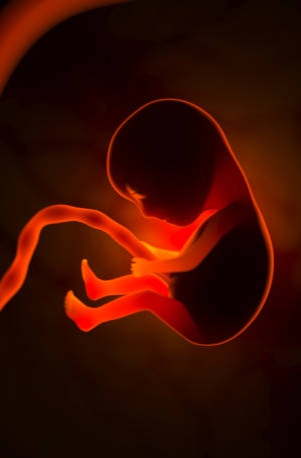The following types of blastulae can be seen in different groups of animals.
i) Coeloblastula : The structure of blastula is of hollow sphere, filled with mucopolysaccharides and blastoderm is single layered cell composition.
e.g. Blastula of Echinoderms and Amphioxus.
ii) Steroblastula : The blastula is solid types due to the absence of blastocoelic cavity in spirally cleaving eggs of annelids, mollusc and nematods, in some plannarians where smaller micromeres accumulate over the vegetally placed macromeres.
iii) Periblastula : This type of blastula found in insects, due to superficially cleaving of eggs it having no blastocoele cavity as the single layered blastomere covered the uncleaved yolk part. Periblastula is also called superficial blastula.
iv) Discoblastula : It is found in reptiles, birds and fishes which have large quantity of yolk in eggs. A small multilayered flat disc shaped structure separated from the yolk by narrow segmentation cavity.
v) Amphiblastula : Blastula is formed of two types of blastomere. In amphibians, blastula contains two types of cells i.e. micromeres and macromeres. In Sycon anterior half of blastula is formed of flagellated cells, whereas the posterior half is formed of large rounded granular cells.
vi) Blastocyst :

This type of blastula found in mammals.In case of mammalian eggs the cleavage is regular and in the beginning blastocoele is quit smaller but becomes larger in due course of time. The dividing cells differentiated into two cells type i.e. one single layered cell called trophoblast (nutritive cells) and another inner cell mass (formative cells) which present in one pole of the sphere. This stage is called Blastocyst and in this stage the implantation takes place at uterine wall. Though trophoblast is a nutritive cells and having no roles in formation of organs and therefore it becomes the part of placenta or extraembryonic membrane as implantation happend.
